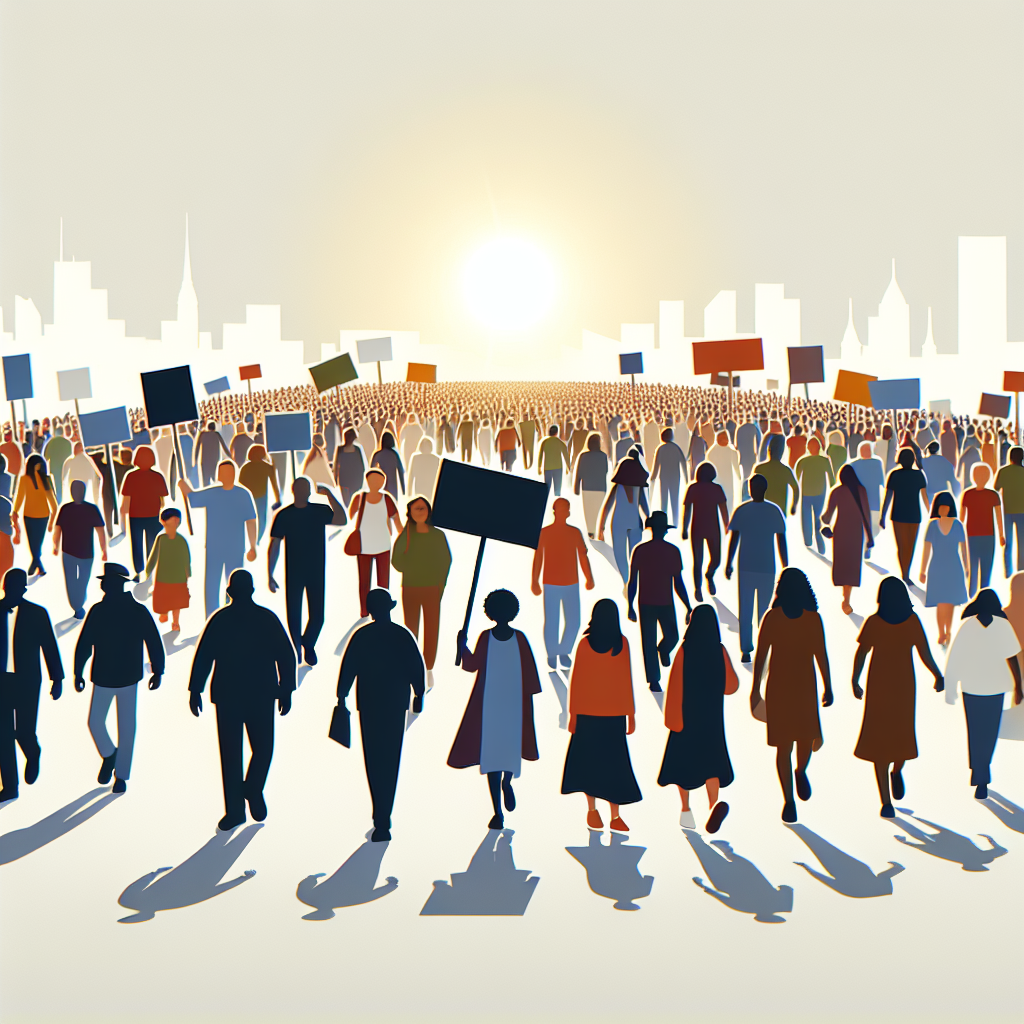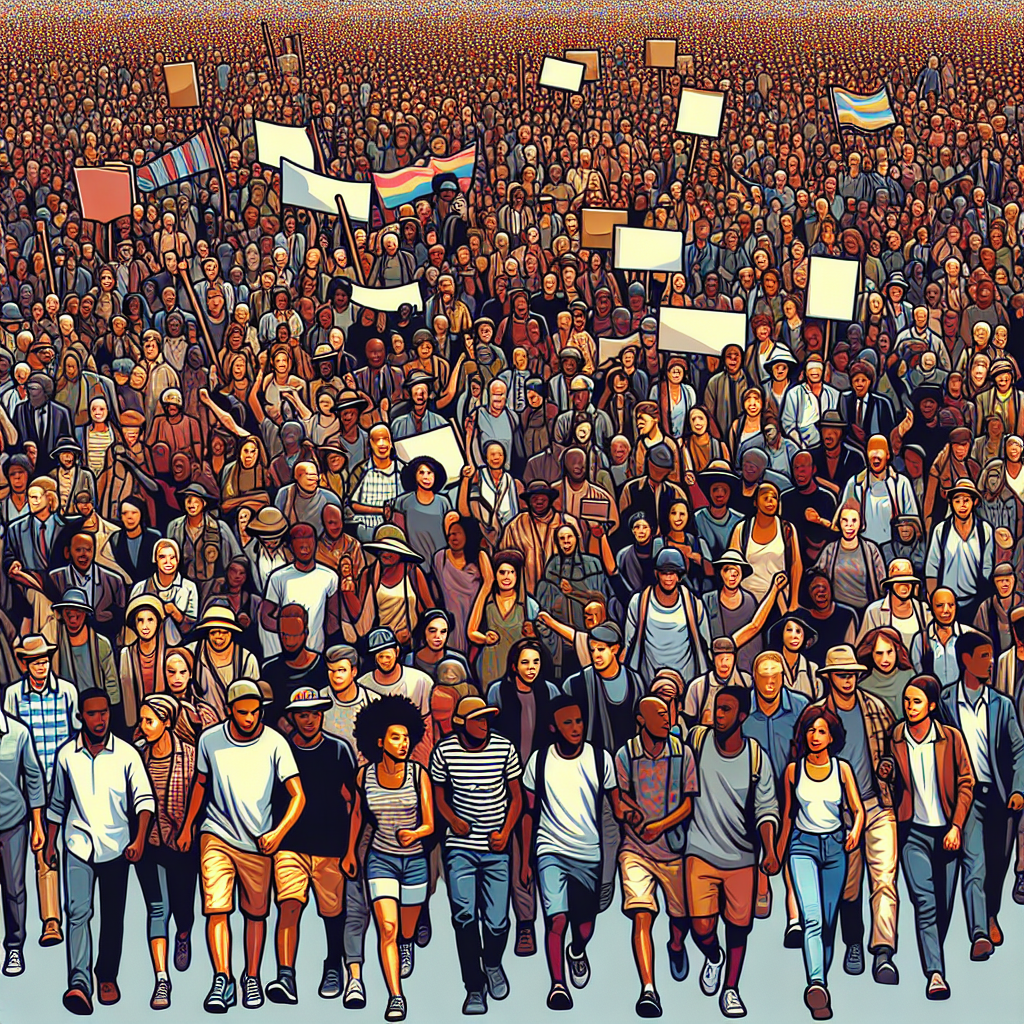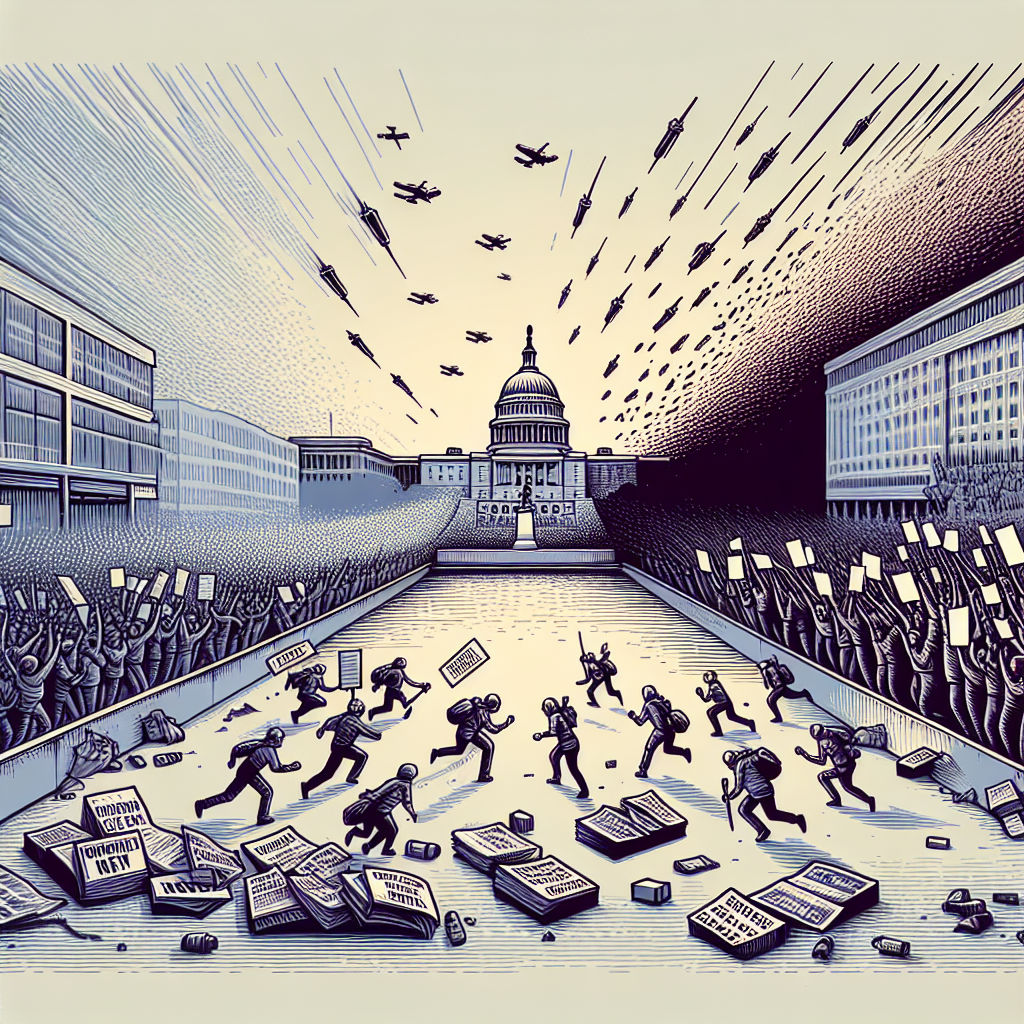Marches and protests have long been a cornerstone of social movements around the world. From civil rights movements to environmental activism, marches have been a powerful tool for raising awareness, mobilizing communities, and effecting change. But the way marches are organized and executed has evolved over time, reflecting changes in society and the strategies of activists.
Historically, marches have been used as a way to draw attention to injustices and demand action from authorities. The civil rights movement in the United States, for example, was characterized by peaceful marches led by leaders like Martin Luther King Jr. These marches brought together people from all walks of life to challenge segregation and discrimination, and ultimately led to significant legislative changes.
In recent years, marches have taken on a more global and decentralized character. The rise of social media has made it easier for activists to coordinate and publicize marches, leading to a proliferation of grassroots movements that address a wide range of issues. The Women’s March, for example, drew millions of participants in cities around the world to protest gender inequality and advocate for women’s rights.
One key development in the evolution of marches as a tool for social change has been the emphasis on inclusivity and intersectionality. Movements now strive to be more diverse and representative of the communities they seek to empower. This has led to collaborations between different groups and a broader focus on issues like racial justice, LGBTQ rights, and environmental sustainability.
Additionally, marches have become more creative and innovative in their tactics. Artistic performances, music, and visual displays are often incorporated into marches to engage participants and attract media attention. This has helped to amplify the message of social movements and reach a wider audience.
Despite these advancements, marches continue to face challenges in achieving lasting change. Critics argue that marches can be symbolic gestures that do not necessarily lead to concrete policy changes. In response, activists are increasingly combining marches with other forms of advocacy, such as lobbying, community organizing, and legal action, to create a more comprehensive strategy for social change.
In conclusion, marches have evolved from a traditional form of protest to a dynamic tool for social change that reflects the diversity and complexity of contemporary activism. By adapting to new technologies, embracing inclusivity, and combining different tactics, marches have the potential to continue driving progress and advancing social justice in the future.
#Protest #Progress #Evolution #Marches #Tool #Social #Change,how marchyorktimes



